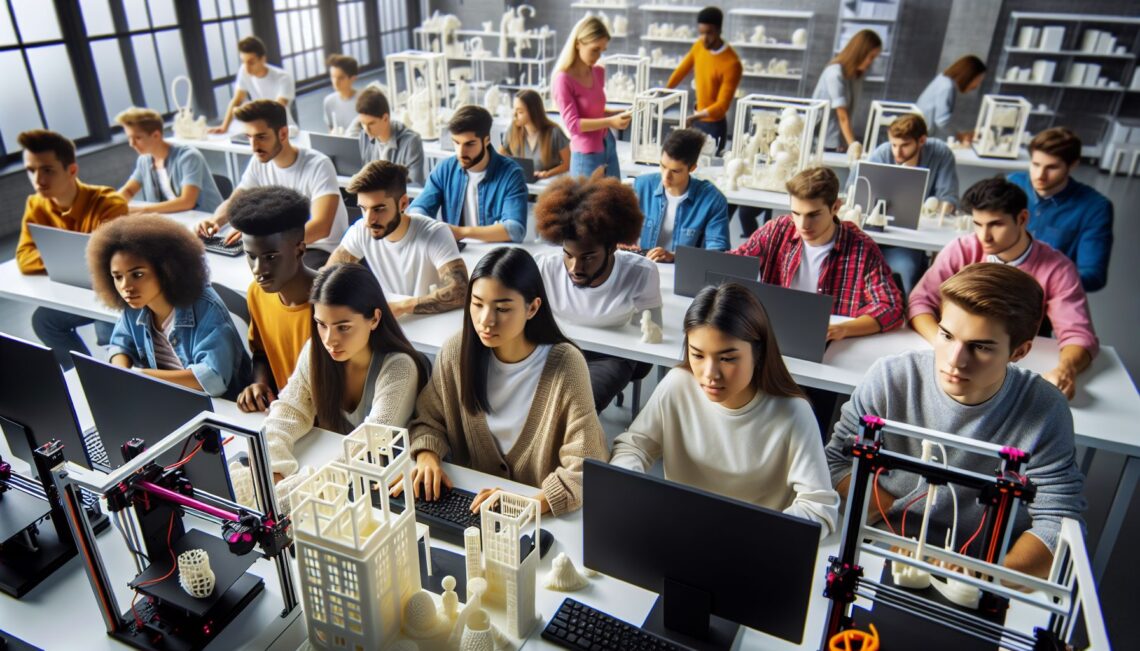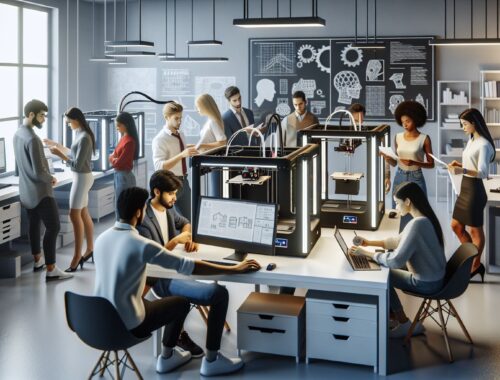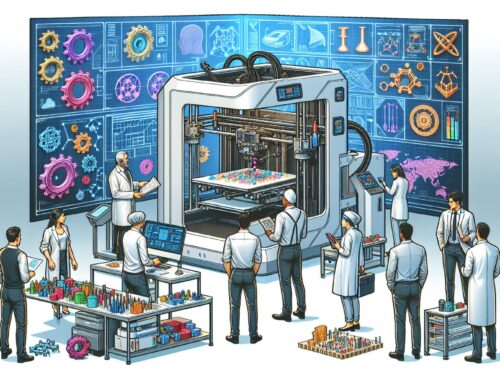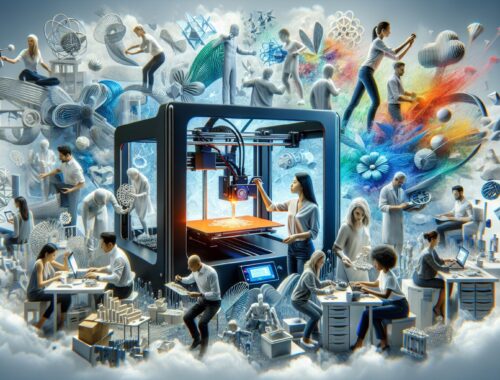
3D Modeling and 3D Printing: Unlocking Creativity and Innovation for College Students
The advent of 3D modeling and 3D printing technologies has revolutionized various industries and provided unprecedented opportunities for creativity and innovation. Among college students, these technologies have gained significant popularity, enabling them to bring their ideas to life in a tangible way. In this blog post, we will explore the world of 3D modeling and 3D printing, highlighting its uses, benefits, and how it can empower college students to unleash their imaginations.
Introduction: A New Dimension of Possibilities
Gone are the days when building models and creating prototypes required extensive resources and specialized skills. With the introduction of 3D modeling and 3D printing, the barriers to entry have significantly diminished. These technologies allow college students to transform their ideas into physical objects, bringing their imagination to life. By understanding the fundamentals of 3D modeling and embracing the capabilities of 3D printing, students can unlock a whole new world of creativity and problem-solving.
The Power of 3D Modeling and Design
At the core of 3D printing lies the process of 3D modeling and design. 3D modeling involves creating a virtual representation of an object using specialized software. This step forms the blueprint for 3D printing, guiding the printer on how to construct the physical object layer by layer.
In an educational context, 3D modeling serves as an essential tool for students in various fields. For engineering students, it allows them to design complex components, prototype inventions, and simulate real-world scenarios. Architecture students can explore intricate building designs, experiment with different materials, and visualize their concepts more effectively. Even fine arts students can harness these technologies to create unique sculptures and installations, extending the possibilities of their artistic expression.
From Design to Physicality: The Magic of 3D Printing
Once the 3D model is created, it can be transformed into a tangible object using 3D printing technology. 3D printing, also known as additive manufacturing, builds objects by depositing materials layer by layer, following the instructions provided by the 3D model. This manufacturing process allows for greater customization, precision, and efficiency compared to traditional manufacturing methods.
One of the most significant advantages of 3D printing for college students is the ability to create prototypes and toy models. Whether it’s for a science project or a design course, 3D printing enables students to bring their visions into reality with minimal costs and time investment. By refining their designs through successive iterations, students can gain valuable insights and improve their problem-solving skills.
Empowering Innovation and Entrepreneurship
Beyond academic purposes, 3D printing opens doors for college students to explore entrepreneurship and innovation. With access to a 3D printer, students can create their products or replicate existing ones. This presents an excellent opportunity to learn about the design process, supply chain management, marketing strategies, and customer feedback. With a 3D printer and a strong idea, students can turn their creations into marketable products, fostering a sense of self-sufficiency and entrepreneurial spirit.
Moreover, the accessibility of 3D printing facilitates collaborative projects among students. By sharing 3D models and printing resources, students can collaborate on designing and building prototypes, fostering teamwork and enhancing their problem-solving abilities. This collaborative culture further enhances the learning experience and prepares students for today’s interconnected world.
Encouraging Sustainable Practices and Ethical Production
Another compelling aspect of 3D printing for college students is its potential for promoting sustainable practices and ethical production. As students design and manufacture products using 3D printers, they have the opportunity to explore environmentally friendly materials and production methods. By reducing waste and optimizing resources, students can contribute to a greener future, aligned with the principles of sustainability.
Furthermore, college students can engage in discussions surrounding the ethical considerations of 3D printing. As the technology evolves, questions regarding intellectual property rights, copyright issues, and fair use arise. By openly discussing these topics and understanding the ethical implications, students can develop a responsible approach towards 3D printing and its impact on society.
Conclusion: Embracing the Future of Creativity
3D modeling and 3D printing have revolutionized the way students approach design, innovation, and entrepreneurship. The versatility and accessibility of these technologies provide an empowering platform for college students to unleash their creativity, turn their ideas into reality, and develop invaluable skills for the future. By embracing 3D modeling and 3D printing, students can unlock limitless possibilities and contribute to a world that values imagination, innovation, and sustainable practices. So, why wait? Start exploring the world of 3D modeling and printing today and seize the opportunity to shape the future!
You May Also Like

3D Modeling and Printing: Expanding Possibilities for College Students
November 9, 2023
The Future of 3D Printers for Engineers
March 23, 2024

